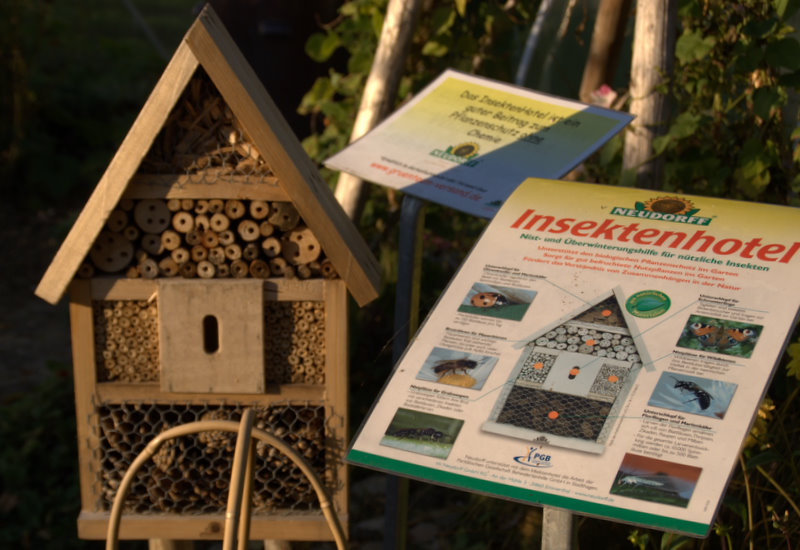Gardens, like so many things these days, are subject to changing fashions. Recently, as a garden designer, I’ve seen a groundswell of interest in gardening for wildlife – insects, small mammals, amphibians and of course birds.
The key to attracting wildlife into our gardens is the use of native plant species, rather than the exotic ones we see at our local garden centre from as far afield as China, the Himalayas, South Africa and the Americas. Attractive though they may be, they don’t do a lot for our native fauna.
Thankfully, there are plenty of native plants to choose from. If your garden is big enough, an oak tree can support nearly 300 species of insects (plus up to 150 species of mites). Willow, birch, hawthorn and blackthorn are the next highest ranking, so a traditional mixed hawthorn and blackthorn hedge, with the occasional elder, alder buckthorn and hazel mixed in, is a great habitat – and the haw berries and sloes will feed the birds well beyond Christmas. Other small trees and shrubs you could consider include crab apple, wayfaring tree and guilder rose.
Herbaceous plants are perhaps more of a challenge. A weed is often defined as simply a plant growing where we don’t want it, and that certainly applies when designing a wildlife planting. Some of my favourite natives for the garden include ox-eye daisies, bisort (Polygonium bisorta) – which is also useful for its foliage, angelica (very structural), foxgloves, fennel, harebells (Campanula rotundifolia) and giant bellflowers (Campanula latifolia), as well as native bluebells. The daffodil is a native, too.
Nettles and thistles are ideal for butterflies, but if you’re worried your garden will end up looking like a collection of weeds, how about a wildflower meadow? A strip of long grass, cut only once a year to encourage flowers to seed, can provide a miniature wildlife corridor to connect separate areas of native planting. Wildflower meadows have a reputation of being problematic, but one of the easiest techniques is to simply strip off the top 2 inches of topsoil and lay wildflower turf. (You can see some photos of a project where we did this on our Facebook page.)
Even if you only have a tiny, paved courtyard, you could still make your own “insect hotel”!
Whatever you choose to do, by including some wildlife-friendly areas in your garden you will be making your own unique contribution to our wildlife. You could even enter The Big Wildlife Garden competition organized by the RHS and Wildlife Trusts – see http://www.bigwildlifegarden.org.uk/wildlife-garden-competition.





